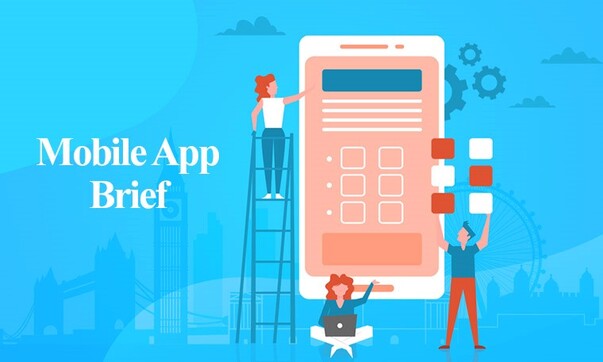- Rough idea of an app in layman language and an explanation of how to use it
- Platforms that the app will work on such as, Android, iOS, etc. and whether it should be a native or an hybrid app
- Will the app be outsourced or will it be made internally
- Specific timeline (along with milestones and the release date) and budget
- User Interface of the app – mandatory buttons and its placement and branding and design guidelines that it needs to follow
- Will the app be integrated with social media and in-app purchase and will it contain geo-location services and push notifications
- Will the app only work online or will it have an offline feature
- Features that need to be included in the app
- Detailed research on the target segment and the competitors that the app will face – and then defining a feature that will make your app stand out
- Medium of communication to plan the project and create a team member list and their individual duties for creating the app
Once, you’ve made a checklist for the app, the next step is to delve into in detail.
Remember, a detailed mobile app plan will be easier to bring to fruition and will cost less time, money and effort.
Mobile App Objective and Vision Statement
The vision statement gives a clear direction towards the goal of the app. It generally defines who the target audience is, how it will solve their core problem and how is it going to be different from its competitors.
Technical Specifications
- Platform to be used – Windows, iOS or Android or all.
- Will the app be hybrid or native – A hybrid application is developed in a way that it works on both, an Android and an iOS product whereas, a native app is built only for one specific platform. Hence, it is essential to research on which Operating System (OS) meets the success criteria of the product goal.
- Current services, database and servers to be used need to be established to develop the product.
- Maintenance needs; these will need to be planned so that the time and cost of the app can be planned accordingly. Also, take into account the types of bugs that you might face while creating the app or after creating it.
- A list of dependencies that the product team needs to meet the objective of the app:
- What hardware will the app run on?
- Does it have service/API documentation?
- Does the app have an account, platform or profile credentials?
- Does your app rely on a third party software?
- Do you need to create any flowcharts or documents for the product?
Prioritizing Features
In order to prioritize features, there is a simple method that can be used – it is called as the MoSCoW method. M stands for ‘Must’, S stands for ‘Should, C stands for ‘Could’ and W stands for ‘Won’t’ – the features can be put under each category to help and decide the final features that should be incorporated in the mobile app.
To Conclude…
While making a mobile app requirements document, it needs to be as detailed as possible but a plan that is simple to understand. Try to exclude all points that take the focus off the main points that need to be covered. Creating flowcharts, timelines, cost sheet, etc. to understand the process and different milestones in the project.
Also, while making this document, check with the developer and other team members about the feasibility of the plan and keep it as realistic as possible. Remember to take into account technical glitches, bugs and other hurdles that you might face while creating the product and keep a buffer.
If you need any assistance or guidance to create a mobile app requirements document, you can contact the App Scoop mobile app development team vancouver on: https://app-scoop.com/contact-us.html







